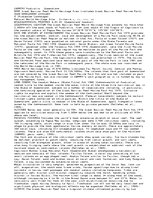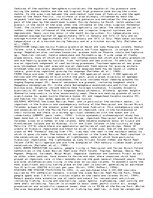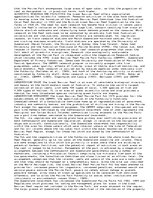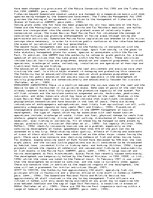-
The Great Barrier Reef in Australia
The education of reef users to appreciate the reef environment and exercise care when visiting the reef, is a third major element in managing and protecting this resource. The Authority has an education/information section which produces programmes and materials for public education and assists tourist operators in the development of activity programmes that are conservationally and educationally focused for visitors (Kelleher, et al., 1989).
MANAGEMENT CONSTRAINTS There is a conflict between the various uses of the reef and the desire to see it maintained in its pristine state. Some uses of parts of the reef have already reached levels that fully exploit the productive capacity of the system. Run-off from islands and the mainland contains suspended solids, herbicides, pesticides, nutrients, and other materials which may have an effect on the reef. Studies in the Great Barrier Reef lagoon near to Low Isles indicate that significant increases in phytoplankton concentrations have occured in the last 65 years. There are strong indications of anthropogenic eutrophication, most likely from agricultual run-off, with possibly widespread impacts on many reefs (Bell and Elmetri, 1995). Prevention of unacceptable ecological impact is paramount in the GBRMPA management of tourism development. The type of impact which may be associated with reef-based tourism operations include: discharge of waste, litter and fuel, physical damage to reefs from anchors, people snorkelling, diving and reef walking, disturbance of fauna (especially seabirds), over-fishing or collecting. All of these may be managed to some extent by design, prohibition or limitation (Kelleher et al., 1989). Two reports (Hillman, 1996; McPhail, 1996) identify increasing tourist use as a problem, especially as the continuing development of faster speedboats mean that 81% of the park can now be accessed on a day-trip. Deteriorating water quality, effects of fishing and outbreaks of crown of thorn starfish, have been identified as the other major issues facing the park.…





